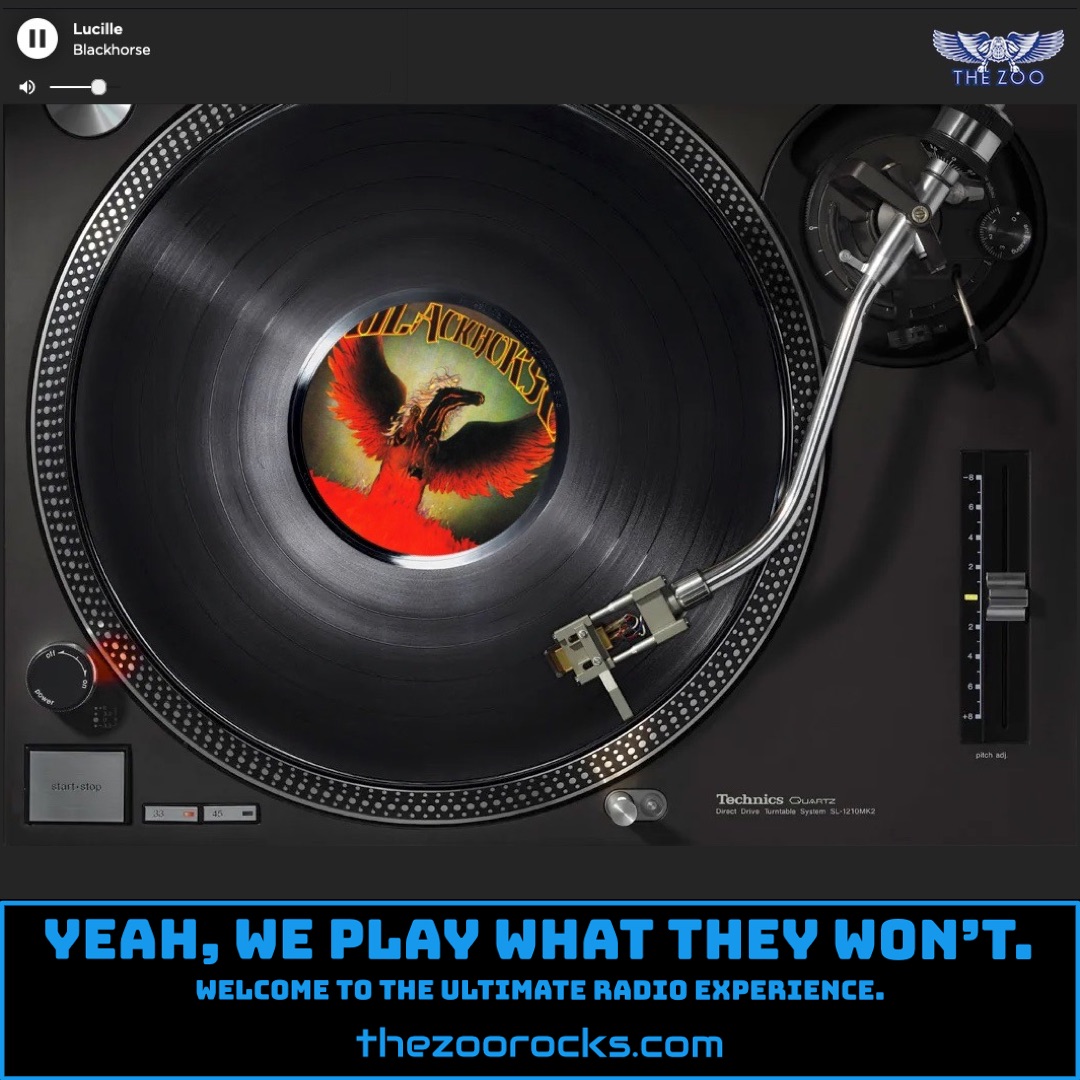You’ve Made Me So Very Happy
Blood, Sweat & Tears
The Zoo Crew is spinning the classic track "You’ve Made Me So Very Happy" by Blood, Sweat & Tears, from their iconic 1969 album Blood, Sweat & Tears, and the Zoo Freaks are surely grooving to its jazzy, horn-driven vibe. This song, a cover of Brenda Holloway’s 1967 Motown hit, was transformed by Blood, Sweat & Tears into a jazz-rock masterpiece that hit #2 on the Billboard Hot 100 and earned a Gold record. Interestingly, the song was first suggested by the band’s founder, Al Kooper, who heard Holloway’s original and envisioned it for the group, though he left before it was recorded. David Clayton-Thomas, the band’s new lead singer, brought the song to life with his powerful vocals after hearing it among tracks the band was considering. In a Songfacts interview, Clayton-Thomas recalled discovering the song at drummer Bobby Colomby’s place, exclaiming, “Whoa, who’s that? That’s Brenda Holloway! I know that song!” The band worked up a fresh arrangement, recorded it, and watched it soar, closing their legendary Woodstock set with it—though, sadly, they were neither paid for the gig nor included in the festival’s film due to financial disputes.
Another tidbit for the Zoo Freaks: despite its title, the phrase “You’ve Made Me So Very Happy” never appears in the lyrics, a quirk noted by fans on Songfacts. The song’s creation involved Motown heavyweights—Brenda Holloway, her sister Patrice, Frank Wilson, and Berry Gordy—yet Blood, Sweat & Tears made it their own with a big-band flair. Their version was so impactful that it inspired covers by artists like Gloria Estefan in 1994 and even a performance by Barry Williams on The Brady Bunch Variety Hour in 1977. On Reddit’s r/60sMusic, fans recently shared their love for the track, with one post racking up 13 votes and sparking nostalgic discussions about its infectious energy. The song’s arrangement, crafted by saxophonist Fred Lipsius, showcased the band’s signature horn section, a sound that set them apart in the rock landscape of the late ’60s.
Blood, Sweat & Tears began in 1967 in New York City, spearheaded by Al Kooper, a musical visionary with a resume that included the Royal Teens, writing “This Diamond Ring” for Gary Lewis and the Playboys, and playing with the Blues Project. Kooper dreamed of a band that blended rock with jazz, blues, and folk, featuring a robust horn section inspired by but distinct from big bands like Count Basie’s. The name “Blood, Sweat & Tears” came from a wild all-night jam session with Jimi Hendrix and B.B. King, where Kooper, lost in the music, didn’t notice he’d cut his hand, leaving blood on his keyboard. As he wrote in his memoir, Backstage Passes & Backstabbing Bastards, he first thought it’d make a great album cover, then realized it was the perfect band name. The original lineup included Steve Katz (guitar), Bobby Colomby (drums), Jim Fielder (bass), Fred Lipsius (saxophone), Randy Brecker and Jerry Weiss (trumpets), and Dick Halligan (trombone). After their debut album, Child Is Father to the Man, Kooper left, and Canadian singer David Clayton-Thomas joined, propelling the band to fame with their self-titled second album, which topped the charts for seven weeks and won a Grammy for Album of the Year in 1970.
The band’s journey wasn’t without challenges. After Kooper’s exit, they faced skepticism from labels like Atlantic and Warner Brothers, but Columbia’s Bill Gallagher signed them after catching the alternative vibe at Monterey Pop. The group’s relentless touring from 1969 to 1972, as Clayton-Thomas noted in a Songfacts interview, was driven by necessity, as most members relied on live gigs for income. Their Woodstock performance, while iconic, was marred by unpaid fees and exclusion from the film. A controversial U.S. State Department-sponsored tour of Eastern Europe in 1970, tied to Clayton-Thomas’s visa issues, drew criticism from counterculture fans, a story detailed in the 2023 documentary What the Hell Happened to Blood, Sweat & Tears?. Despite these hurdles, the band’s fusion of rock, pop, and jazz cemented their legacy, influencing countless acts.
Zoo Freaks can stay connected with Blood, Sweat & Tears through their official Facebook page, where they share tour updates and throwback photos, or on Instagram for behind-the-scenes glimpses. Their X account keeps fans in the loop with news and nostalgic posts about their classic hits. For deeper dives, check out the fan-driven Blood, Sweat & Tears Fan Group on Facebook, where enthusiasts swap stories, rare photos, and concert memories. Another great resource is the fan club section on their official site, offering exclusive content and updates for diehard supporters. Tune in, Zoo Freaks, and keep the groovy vibes alive!

